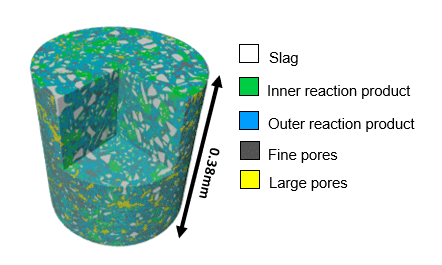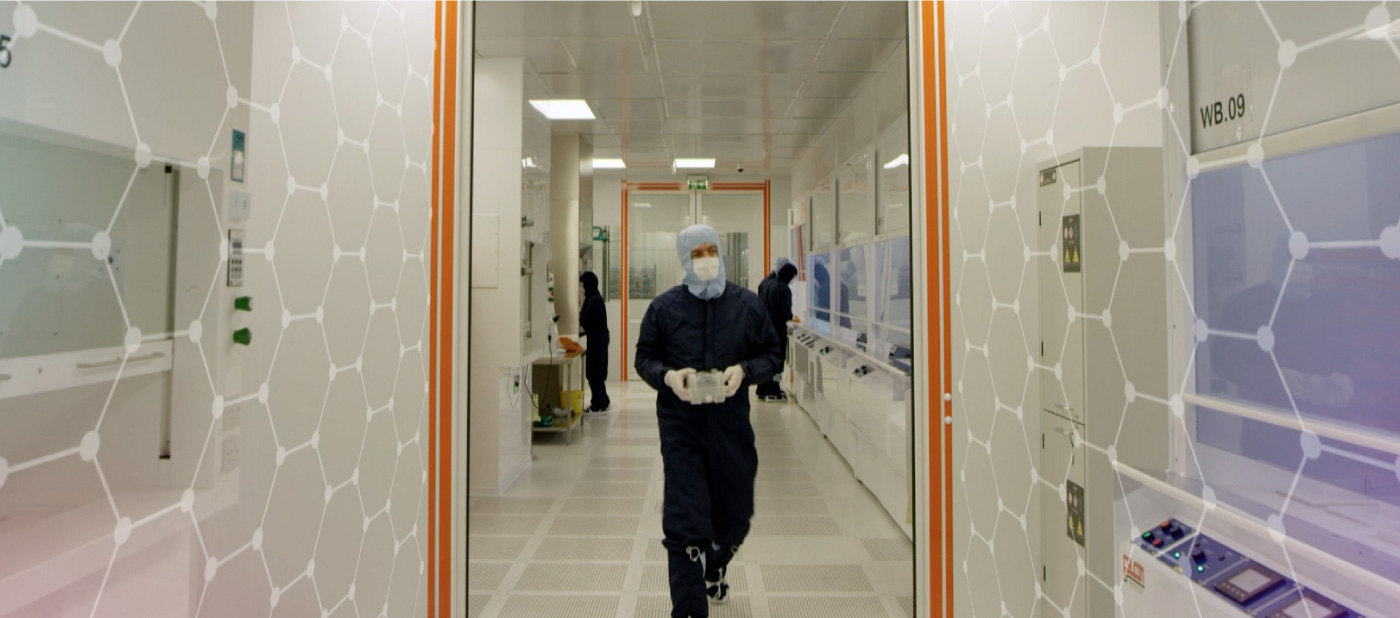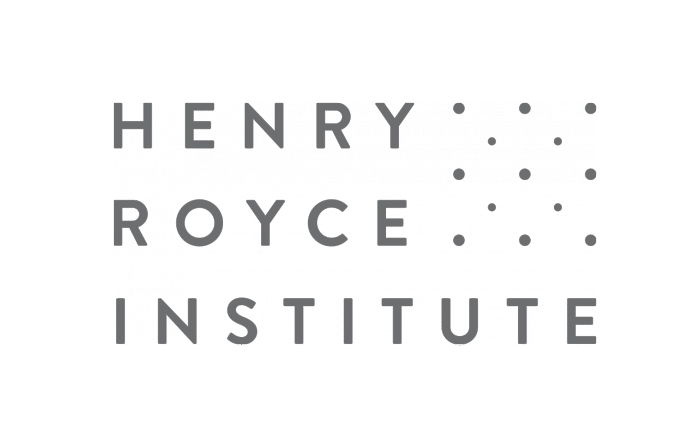Royce Chief Scientist, Regius Prof. Philip Withers is leading the University of Manchester’s participation in a consortium to accelerate the use of cement as a carbon ‘sink’, a pivotal strategy in the global fight against pollution and climate change.
The University of Manchester, together with the University of Bath, the European Synchrotron Radiation Facility (ESRF), France, has formed a consortium, X-SeeO2, led by Miguel Ángel García, Professor of Inorganic Chemistry at the University of Malaga (UMA). X-SeeO2 has been selected by the Horizon Europe – European Innovation Council (EIC) Pathfinder Challenge call to receive €4 million in funding.
The Challenge seeks to support breakthrough innovations and alternative pathways for decarbonised and carbon-negative cement and concrete, while maintaining its structural integrity and durability. This is important because cement and concrete technologies contribute around 8% of our CO2 emissions (about 600 kg per capita), which are ’embodied’ in our buildings and infrastructures.
X-SeeO2 has been selected as an ‘enabling technology’. This means that the micro-computed tomography (microCT) analysis methods pioneered within the National X-ray Computed Tomography facility (NXCT) located in the Henry Royce Institute Hub at Manchester and at the ESRF will be used to accelerate and improve the products and technologies arising out of the other innovation projects that have been selected within this same Pathfinder Challenge in this latest EIC Horizon Europe call. These methods reveal the 3D structure and evolution of microstructure of concrete non-destructively.
Commenting on the project, Regius Prof. Withers said:
“Through EPSRC funding of the NXCT we have been able to develop methods to follow the hardening and subsequent carbonation (take up of CO2) of cement in 3d and in real-time. We are pleased to be able to exploit our methods to accelerate the progress of researchers across Europe within this £24m action aiming to lower the carbon impact of such an important and ubiquitous material.”

3D microstructure of cement (courtesy of Zixian Su, Research PhD Student at NXCT/Royce)
NXCT has invested in new CT scanning capability to build on existing facilities and expertise -from the Universities of Manchester, Southampton, Warwick, University College London (UCL), and Diamond Light Source – to deliver unparalleled 3D imaging capability.
Find out more about NXCT at https://nxct.ac.uk/



